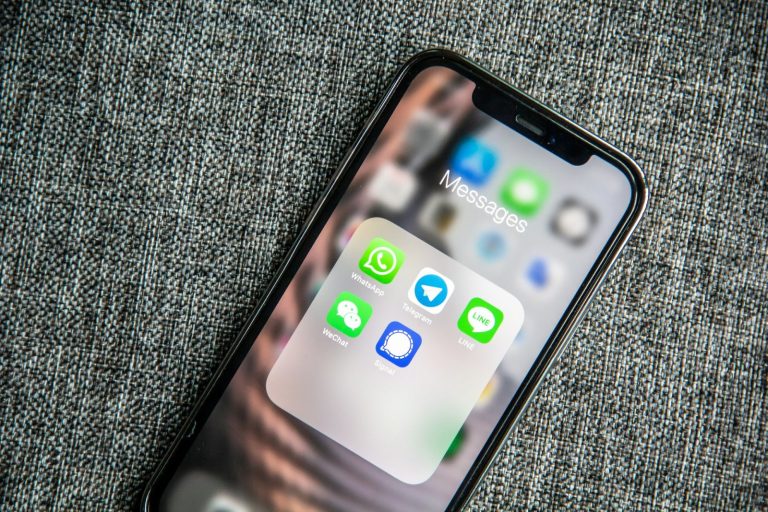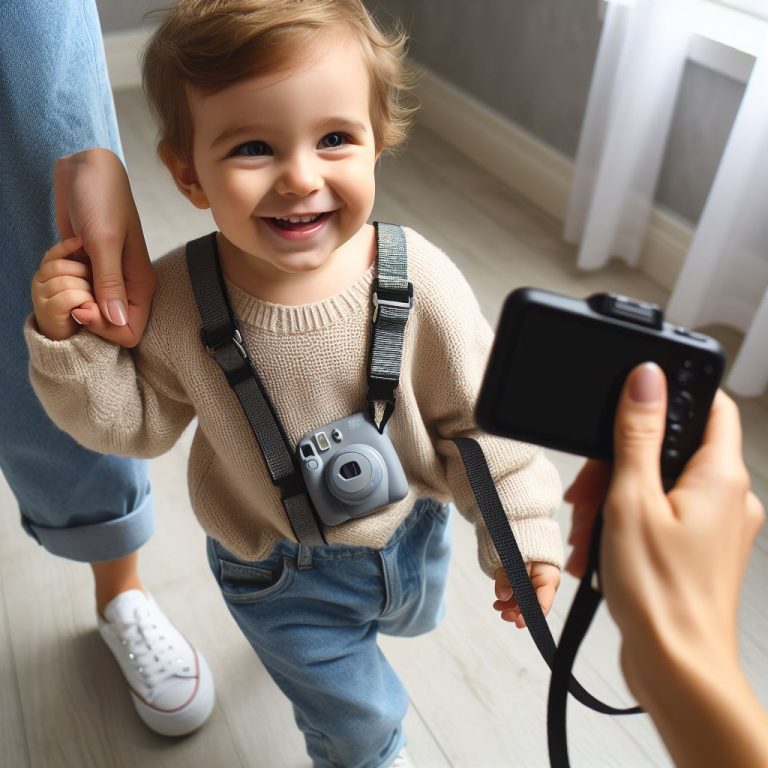As we cherish the independence of our aging loved ones, ensuring their safety becomes paramount. Fall incidents among seniors can lead to severe injuries and sometimes prove fatal.
Fortunately, technology has brought forth a range of innovative fall detection devices designed to provide timely assistance and peace of mind for both seniors and their families.
Now, let’s explore the top fall detection devices specifically crafted to offer safety and security to our beloved seniors.

Best Fall Detection Devices

Apple Watch
You can find countless stories on Reddit about the Apple Watch saving someone’s parent via alerting the paramedics and family after a fall.

ADT Health
For 24/7 monitoring, there is the ADT Medical Alert On-The-Go System.
Benefits and Limitations of Fall Detection Devices
Fall detection devices offer numerous advantages:
- Timely Assistance: Automatically alerts caregivers or emergency services in case of a fall.
- Peace of Mind: Provides reassurance to both seniors and their families, reducing anxiety around potential accidents.
- Independence: Allows seniors to maintain a degree of independence while having a safety net in place.
- Continuous Monitoring: Offers 24/7 monitoring, ensuring assistance is available round the clock.
However, there are some limitations and considerations to keep in mind:
- False Alarms: Some devices may trigger false alerts, causing unnecessary worry or disrupting daily routines.
- User Interaction: Certain devices require active user involvement, which could pose a challenge for seniors with cognitive impairments.
- Battery Life: Regular charging or battery replacement might be needed, impacting the device’s reliability if not managed properly.
Choosing the Right Fall Detection Device for Your Needs
Choosing the right device involves considering personal factors such as:
- Comfort: Opt for a device that’s comfortable to wear and fits seamlessly into daily routines.
- Mobility: Consider devices suitable for different levels of mobility, ensuring effectiveness indoors and outdoors.
Evaluate the cost and available insurance coverage:
- Costs: Some devices might have upfront costs or subscription fees, which can vary based on features and services.
- Insurance: Explore whether insurance policies cover or subsidize the cost of fall detection devices.
Seeking guidance and reviews is crucial:
- Healthcare Professionals: Consult doctors or caregivers for recommendations based on specific health conditions.
- Reviews: Research online reviews and user experiences to gauge the effectiveness and reliability of various devices.
Conclusion
In summary, fall detection devices offer substantial benefits but also come with certain limitations. They provide peace of mind, independence, and continuous monitoring but might have drawbacks like false alarms and user interaction issues.
FAQ
Accuracy varies among devices. Some use sensors to detect falls, but false alarms can occur. Newer models are improving in accuracy.
Some advanced devices use sophisticated algorithms to differentiate falls from everyday movements. However, false positives can still happen.
Most devices are designed for constant wear. However, they might need to be removed during water-related activities or while charging.
Some insurance plans or Medicare may cover part of the cost. It’s recommended to check with the provider for coverage details.




